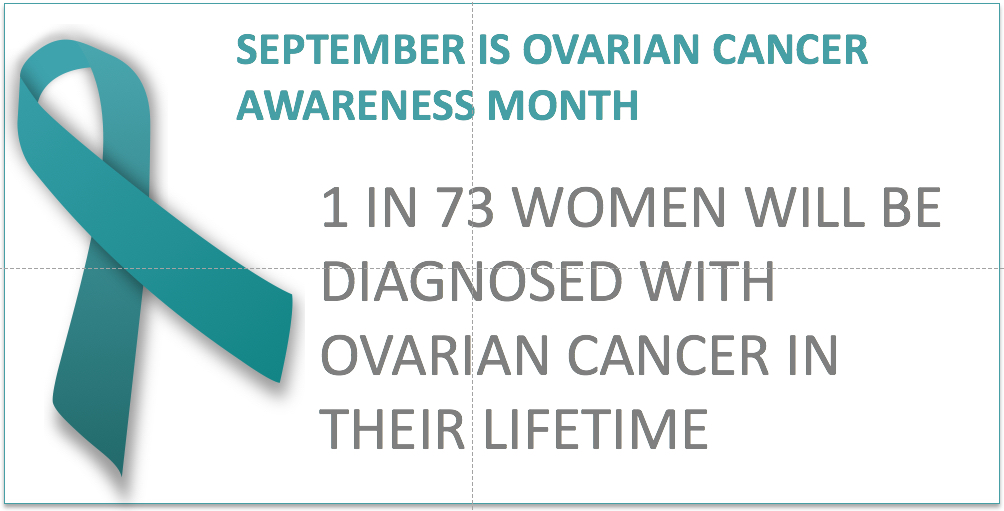 Unsplash
Unsplash
My friend Lois is one of the rare survivors of ovarian cancer. The good news is, she has been cancer free for more than 10 years now. The bad news is, the overall cure rate is only 30 percent. This dismal outlook comes from two factors: one, the lack of anatomical barriers to cancer cells that spread throughout the peritoneal cavity in the abdomen, and two, difficulty in early diagnosis. Only 20 percent of ovarian cancers are detected while they are still confined to the ovaries. At this stage, the cure rate is 90 percent.
Current data predict one in 58 women will develop ovarian cancer. I think of it as the other women's cancer. We all know about breast cancer. We know about monthly self-exams and mammograms. Many of us have participated in fund-raising efforts for breast cancer research. Ovarian cancer gets much less publicity, but it is far more deadly.
Lois attributes much of her success to weight management. Her cancer was aggressive, and grew to a size where she could feel it herself within just a few weeks. It was diagnosed in stage 1b, which means it was confined to the ovary but some cancer cells had already reached the surface. She had no other symptoms. She still says, “If I had been overweight, I might not have found the cancer before it metastasized.”
Ovarian cancer does produce symptoms eventually, but often the cancer has metastasized before they become noticeable. In addition, the symptoms are non-specific and mimic more common conditions:
1. Abdominal pressure, fullness, swelling, or bloating
2. Urinary urgency
3. Pelvic pain or discomfort
4. Indigestion, gas, or nausea
5. Unexplained change in bowel function
6. Loss of appetite
7. Increased abdominal girth; clothes fit tighter around the waist
8. Pain during intercourse
9. Menstrual changes
10. Low back pain
11. Loss of energy
There is a CA-125 blood test for ovarian cancer that is used in long-term follow-up for patients after surgery and chemotherapy. Unfortunately, it detects only 80 percent of these cancers and also has a high rate of false positives. Thus, it is used much less frequently than other screening tools, such as the Pap smear for cervical cancer. Researchers are still searching for biomarkers that can be used for early detection.
References:
Bast RC et al, “The biology of ovarian cancer: new opportunities for translation”, Nat Rev Cancer. 2009 June; 9(6): 415.
Liu B et al, “Ovarian cancer immunotherapy: opportunities, progresses and challenges”, Journal of Hematology and Oncology 2010 Feb; 3(7).
Symptoms:
https://www.empowher.com/ovarian-cancer/content/ovarian-cancer-advocacy-sheet
http://www.mayoclinic.com/health/ovarian-cancer/DS00293/DSECTION=symptoms
Linda Fugate is a scientist and writer in Austin, Texas. She has a Ph.D. in Physics and an M.S. in Macromolecular Science and Engineering. Her background includes academic and industrial research in materials science. She currently writes song lyrics and health articles.





Add a CommentComments
There are no comments yet. Be the first one and get the conversation started!